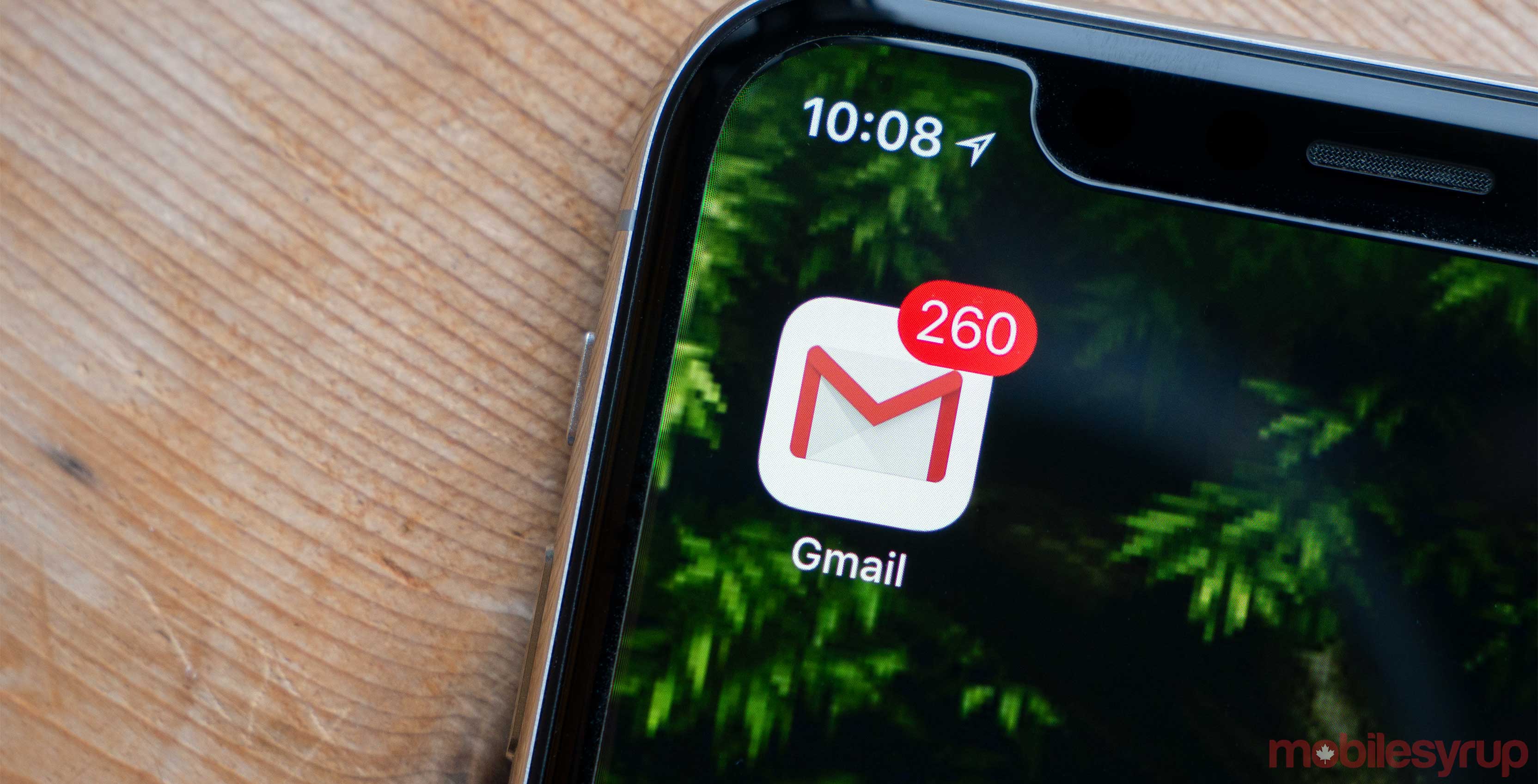
As more big tech companies begin to talk about the importance of privacy, it will become increasingly important to hold them accountable. Following a New York Times op-ed from Google CEO Sundar Pichai about how “privacy cannot be a luxury good,” CNBC uncovered that the search giant uses Gmail to track users’ purchases and keeps them in a semi-hidden ‘Purchases’ page inside their Google Account.
You can access it for yourself by navigating to your Google Account — simply click on your profile picture in the top-right corner of nearly every Google app and tap the corresponding account button. Then, go to ‘Payments & subscriptions’ to see your Purchases. Alternatively, go to “https://myaccount.google.com/purchases.”
The tool has existed for some time — although we’re not sure when Google first bundled it into the Account page — and I’ve certainly seen it before. However, I didn’t realize the scope of it at the time.
I’m an avid user of Google Pay and knowing the search giant’s penchant for data collection, I figured the company was tracking things I purchased with Pay. I assumed the Purchases page in my Google Account was simply a list of purchases made through Pay. It isn’t. Actually, Pay appears to be a separate collection of my purchases entirely, with the only overlapping items being things I purchased through Google — such as apps or movies — or things I bought with Pay that received an email receipt.
And that, really, is the crux of the problem. The purchase history Google created leverages email receipts to track what you buy, sometimes with startling detail. In my case, I could find purchases as far back as 2010. I also found purchases through online retailers, such as Amazon, where the details stored by Google included the shipping address I used, the order ID and even whether the package was delivered. I also found some purchases I made in stores, such as items I bought at Best Buy and received an email receipt for.
You can remove the Purchases data, but it isn’t easy
Google told The Verge in a statement that it created the Purchases section to “help [users] easily view and keep track of [their] purchases, bookings and subscriptions in on place.” It also touts that the Purchases menu is private, only accessible to the account holder. The company also maintained that you could delete that data and that it doesn’t use it to serve you ads.
However, the data isn’t easy to delete — you have to remove every single purchase stored by Google individually. Further, some users suggest that Google didn’t create it as a place to help users track spending, as the tool does little beyond providing a long list of all your purchases. It also isn’t readily available — instead, it’s hidden inside your Account settings.
Ultimately, the feature isn’t necessarily nefarious, but nonetheless, it’s uncomfortable to know Google is keeping an eye on my spending. It also makes it harder for people to get on board with Pichai’s privacy push.
That’s not to say Google hasn’t improved. The company recently introduced a new privacy policy for its smart home devices and better tools for controlling ad tracking in Chrome. It’s also bringing better privacy and data deletion tools to Android Q.
However, more needs to be done. Op-eds and promises from executives will only go so far in improving privacy for users.
MobileSyrup may earn a commission from purchases made via our links, which helps fund the journalism we provide free on our website. These links do not influence our editorial content. Support us here.


